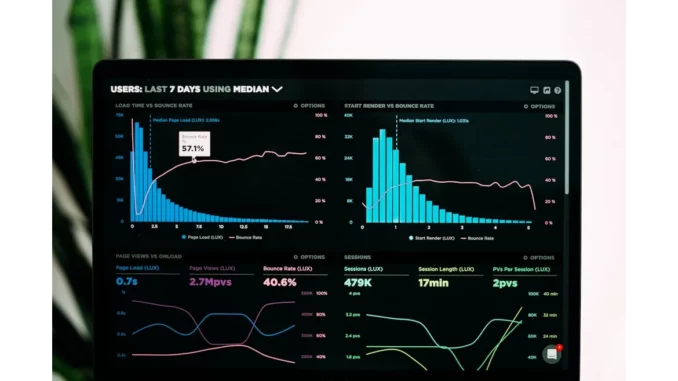
Summary
Data Security Fortified: How ONTAP Strengthens Organisational Defences
In the current digital era, safeguarding data has become a critical priority for organisations. As reliance on digital systems intensifies, solutions like the ONTAP storage operating system emerge as essential tools for maintaining data confidentiality, integrity, and availability. This article examines the pivotal role of ONTAP in enhancing data security, detailing the strategies organisations can adopt to shield their information against ever-evolving cyber threats.
Main Article
As cyber adversaries become more sophisticated, organisations face increasingly complex challenges in securing their digital infrastructure. The threat landscape is marked by advanced obfuscation techniques and stealthy reconnaissance methods employed by attackers to penetrate systems. In response, ONTAP offers a robust suite of controls that empower organisations to adopt a proactive stance towards data security. “Adopting a proactive approach is not just a necessity; it’s a strategic advantage,” said Mark Reynolds, a cybersecurity expert at the Institute for Digital Resilience.
Security Hardening Frameworks
ONTAP provides a comprehensive array of guides and technical reports designed to assist organisations in configuring and securing their systems. These documents are instrumental in achieving specific security objectives, offering detailed instructions on tightening security measures across various platforms.
-
TR-4569: Security Hardening Guide for NetApp ONTAP – This foundational guide is a critical resource for understanding how to configure ONTAP to uphold system confidentiality, integrity, and availability. It is an invaluable asset for organisations aiming to fortify their data security infrastructure.
-
Security Hardening Guide for ONTAP Tools for VMware vSphere – With virtualisation becoming integral to modern IT environments, this guide emphasises safeguarding virtual platforms, ensuring the security of virtualised data.
-
TR-4957: Security Hardening Guide for NetApp SnapCenter – Detailing the security configurations for SnapCenter, this guide is crucial for protecting data during management and backup operations.
-
TR-4963: Security Hardening Guide: BlueXP Cloud Backup for Applications – As cloud adoption escalates, this guide provides a framework for securing cloud-based applications, aligning with strict security standards.
-
TR-4943: Security Hardening Guide for NetApp Active IQ Unified Manager – This guide outlines necessary security measures within the Active IQ Unified Manager, a key tool for overseeing and managing data environments.
-
TR-4945: Security Hardening Guide for NetApp Manageability SDK – Essential for securing ONTAP environments, this guide offers instructions to prevent unauthorised access through the Manageability SDK.
Zero Trust Implementation
The shift towards a Zero Trust model represents a paradigm change from traditional network-centric security to a more comprehensive data-centric approach. ONTAP’s Zero Trust implementation transforms the storage management system into a segmentation gateway, enabling meticulous data access monitoring and control. “This strategy allows for real-time identification of both normal and aberrant patterns, enhancing threat detection,” explains Laura Mitchell, a senior analyst at CyberTech Insights.
Automated Security with Ansible
To further streamline security hardening, ONTAP offers an Ansible security role that automates the configuration of security features. Known as the ONTAP Security Unified Capabilities Deployment Guide role, it is particularly beneficial for government entities with rigorous security requirements. However, caution is advised, as improper deployment can result in system lockouts.
Ansible, an agentless automation solution, simplifies the deployment and configuration of security features, allowing organisations to automate a wide range of tasks while ensuring consistent security across their ONTAP environments.
Detailed Analysis
The ONTAP security hardening measures are crucial within the broader context of increasing digital threats and the growing importance of data protection. Cybersecurity has moved to the forefront of organisational priorities, with data breaches not only posing financial risks but also threatening reputational damage. The comprehensive guides provided by ONTAP enable organisations to adopt a structured approach to security, aligning with best practices and regulatory requirements. This proactive methodology is indicative of a broader trend towards integrated security solutions that encompass both technological and strategic elements.
Further Development
As the cybersecurity landscape continues to evolve, ONTAP is expected to adapt its offerings to meet new challenges. Future developments may include enhanced automation capabilities, integration with evolving cloud technologies, and further advancements in implementing Zero Trust architectures. Organisations should stay attuned to these updates to maintain robust security postures. Readers are encouraged to follow ongoing coverage for insights into how ONTAP and similar technologies continue to shape the future of data security.

